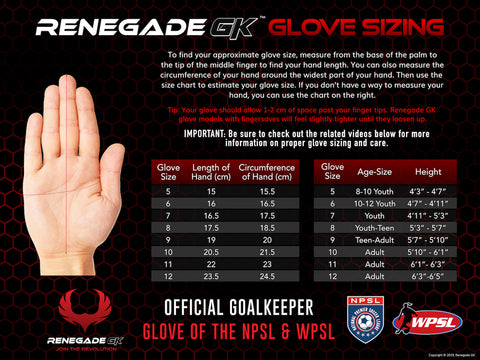3 Differences Between Male and Female Goalkeepers
It used to be the case that women’s soccer was somewhat of an invisible sport. In recent years however, it has shot up in popularity, especially since the last women’s World Cup in 2015, which saw the USA team victorious with amazing performances from all the players.
There are more similarities between men and women, but there are also some differences between male and female players on the pitch. Male players are obviously faster and stronger especially when it comes to tackling, whereas females tend to play a slower game which allows for skill to become more of a focus compared to the physicality of the men’s game.
But we’re here to talk about goalkeeping and that’s one area that has improved massively over the last 10-15 years in women’s football. But are there differences when it comes to men and women goalkeepers?
Disclaimer: This article is purely discussing the differences (and similarities) between men and women and is not written to discuss the topic of gender.

-
Goal sizes are designed for male player dimensions. Females tend to be shorter and have less explosivity when it comes to jumping. That means that female keepers generally need to play closer to their line in order to avoid being caught out by a lobbed shot.
That said, men could learn from the women here since a huge problem we often see with keepers on every level is that they play too far off their line which leads to them often being caught out by a striker who sends a ball over the top.
-
Women tend to lack in core strength compared to the men. Core strength is extremely important to a goalkeeper as this is what allows you to hold onto the ball after a big dive or a challenged cross. It’s also important in preventing injuries and it’s something all keepers, but especially women, should focus on in training sessions.
-
Female players have an advantage in playing the mental game, right? In general, women are less dominated by ego and can accept mistakes easier and as a result are generally more receptive to coaching. However, when it comes to female keepers, it’s a slightly different story. For keepers, having an ego can sometimes be useful to defend against the reality of failing as a keeper. We know every keeper will let in goals in their career, but it’s how you handle yourself after the fact that will determine your overall success.
If you’re a goalkeeper in a women’s soccer team then you need to be aware of your performance, acknowledge your weaknesses and work on them in training. But be careful to not berate yourself or let those weaknesses affect your overall confidence on and off the pitch.
In conclusion: are there differences between men and women keepers? Sure. But that doesn’t mean that one is better than the other, especially when you consider the overwhelming majority of similarities. I also think that training should reflect that for both men and women with some minor adjustments.

At the end of the day every keeper is individual in their style, coaching requirements and skill regardless of their gender, height, age, etc.









